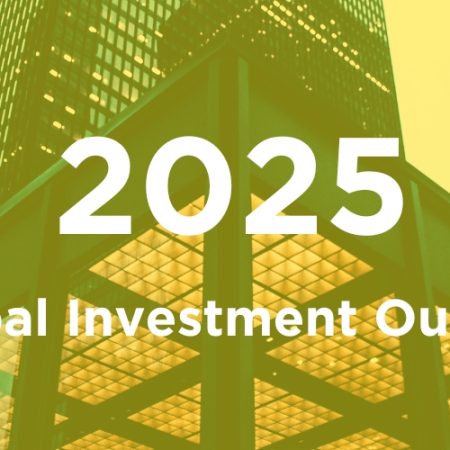Real estate equity markets remain lacklustre – but the debt market is awash with liquidity. According to Charlie Bottomley, Director at Savills Capital Advisors, the report card on debt availability reads “consistently exceeds expectations”.
This is reflected in the survey data: over 60% of respondents to the US Real Estate Roundtable Survey say the availability of debt capital has improved over the past 12 months. Even more expect it to improve in the year ahead.
The Real Estate Roundtable Sentiment Index: Availability of Debt Capital in the US
Source: Savills Research using Macrobond
This optimism is not being driven by the traditional lenders. Surveys show that commercial banks in the US and Europe, on balance, continue to tighten lending standards for commercial real estate. Instead, alternative providers are filling the void and taking market share. This extends a long structural shift in the composition of lenders, a legacy of the global financial crisis (GFC) and subsequent tightening in regulations and risk appetite.
Institutions provide more real estate debt
This evolution is already well advanced in the US and parts of Europe, and is gaining ground elsewhere, including mature Asia Pacific markets such as Australia.
It is supported by a rise in institutional capital, as investors continue to increase their exposure to real estate debt funds. According to the latest INREV Investment Intentions Survey, 44% of institutional investors expect to increase allocations to private debt funds in Europe over the next two years, with only 9% expecting to reduce them.
From a risk-adjusted perspective, it’s easy to see why liability-matching institutions such as pension funds and insurance companies are favouring debt strategies. The rebasing in interest rates is supporting positive inflation-adjusted returns, and margins compare favourably with corporate credit.
Meanwhile, in many core markets, the all-in cost of debt is similar to prevailing prime yields, and capital has rarely looked more secure. With property values rebasing by 15-20% on average from their 2022 peak, values would need to fall by more than 50% peak-to-trough before putting capital at risk, assuming a 60% loan-to-value (LTV). That would be a greater decline than during the GFC.
Equity investors, in contrast, face a more uncertain macroeconomic backdrop. They require growth in capital values to achieve target returns – and that’s not necessarily guaranteed in an environment of higher interest rates, tight risk premiums and a deteriorating economic outlook.
Recent fundraising data reflects this dynamic. Global debt funds secured over $32bn in commitments last year, a 16% increase on 2023. This represented nearly 23% of total capital raised by real estate funds in 2024, up from a longer-term average of 18%. In the first quarter of 2025, this share rose to 35%.
Global fundraising by real estate debt funds
Source: Savills Research using RealfinX
Lack of opportunities weigh on margins
The challenge for debt investors is that there are relatively few opportunities to deploy their capital amid a muted transactional market. And the pressure to do so is driving increased competition for the best assets. This is putting downward pressure on margins, and upward pressure on LTVs.
According to MSCI data, average LTVs on commercial real estate lending in the US have risen by 8 percentage points since the beginning of 2024, breaching 60% for the first time since mid-2021. “Everyone has a cost of capital, and if investors are unable to compete on pricing then they will either chase after higher-risk opportunities or offer more flexible financing structures to remain relevant,” says Bottomley.
This trend is largely sector-agnostic – even the previously beleaguered US office market is attracting more interest. As Mark Todrys, Senior Managing Director in the Capital Markets Group at Savills US, explains: “The office sector has really started to improve and we’ve finally started to see a significant amount of loan origination in New York City. We went from practically no activity in 2022 and 2023, to some activity in 2024, to being on pace for pre-Covid-19 levels of origination.”
A tale of two markets: investors focus on prime
But Todrys adds that activity in the US “is still very much a tale of two markets – you’re either an owner of a building tenants want to be in and you can get financing, or not”. This chimes with the view in Europe. According to Bottomley, “investors are generally keen on prime financing opportunities, particularly in the living sector”, although in the office sector “the definition of what is considered prime is narrower given recent sector-specific challenges”.
As global real estate capital markets prepare for the nascent recovery in transactions to gain momentum, one thing is clear: a lack of debt is not the problem.



